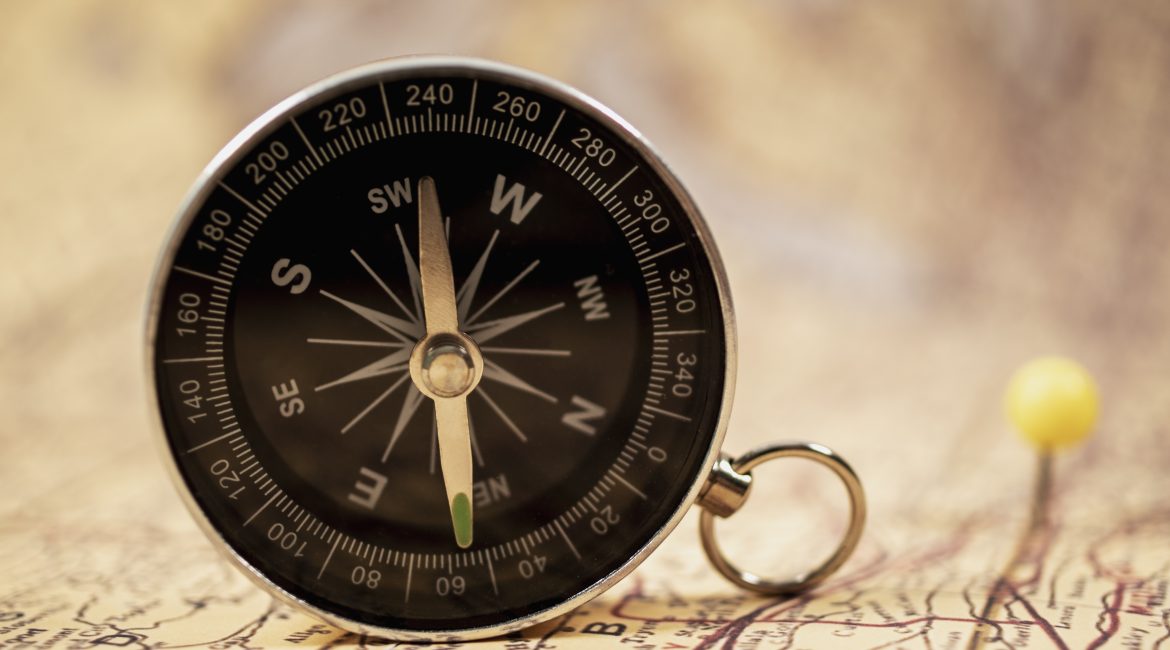The ramifications of various events since the fall of the Assad regime in Syria have brought back to the forefront the very old question of Syria's identity, a question that has persisted since its declaration of independence at the beginning of the last century.
Throughout the ages, Syria has been a crossroads of diverse civilizations and cultures, making it one of the most religiously, ethnically, and culturally diverse countries in the Middle East.
The country, one of the oldest continuously inhabited regions in the world, has witnessed successive civilizations, beginning with the ancient Semitic kingdoms of Ebla, Mari, and Ugarit, followed by the Hittites and Arameans, then the Assyrians, Babylonians, and Persians. Later, it was ruled by Alexander the Great, followed by the Romans and Byzantines, finally reaching Islamic rule, which made Damascus the capital of the Umayyads. In the modern era, it was ruled by the Ottomans for four centuries, then subjected to a French mandate until its independence in 1946, creating a distinctive mosaic.
These days, events in Syria are circulating under the pretext of defining this identity. Since its independence, the spectre of partition has threatened the country: states for minorities or a vast homeland that includes everyone? For this reason, various ideas and projects have been launched:
- Antoun Saadeh founded the Syrian Social Nationalist Party, a fascist movement influenced by similar movements around the world. At the core of its doctrine is that the Syrian people are the best people in their region. He believed in a geography for the region that he called the Fertile Crescent, encompassing Iraq, Jordan, Palestine, Syria, Lebanon, and Cyprus.
- Another movement, called the Greater Syria, was adopted by the Ba'ath Party and its founder, Michel Aflaq.
It is clear, of course, that both ideas emerged from figures affiliated with minorities in the political sense. Syria is historically part of the region known as Bilad al-Sham (which historical narratives say derives from the name of Noah's son, Shem). Various conflicts throughout history have attempted to shape, fragment, and divide this region. Perhaps the most recent attempt to change Syria's geography and identity was made by the Axis of Resistance, which radically altered the demographic composition and borders, in favor of establishing the Persian Crescent.
Nowadays, the struggle over Syria is resurfacing, along with the struggle over its identity: is it a nation-state that embraces all, or is it a mosaic? However, these two assertions are incoherent. Syria has a historical depth that has demonstrated its ability to coexist and truly tolerate each other, even before the Assad regime came to power and embarked on a methodology of sectarian, authoritarian rule, naively described as a protector of minorities.
Today, Syria is facing a new Sykes-Picot attack, and its people must determine the direction of their compass.

